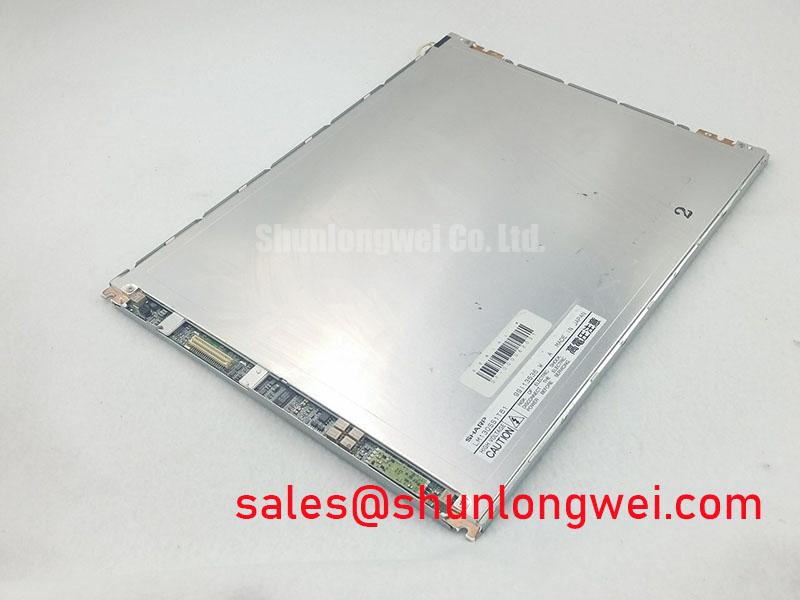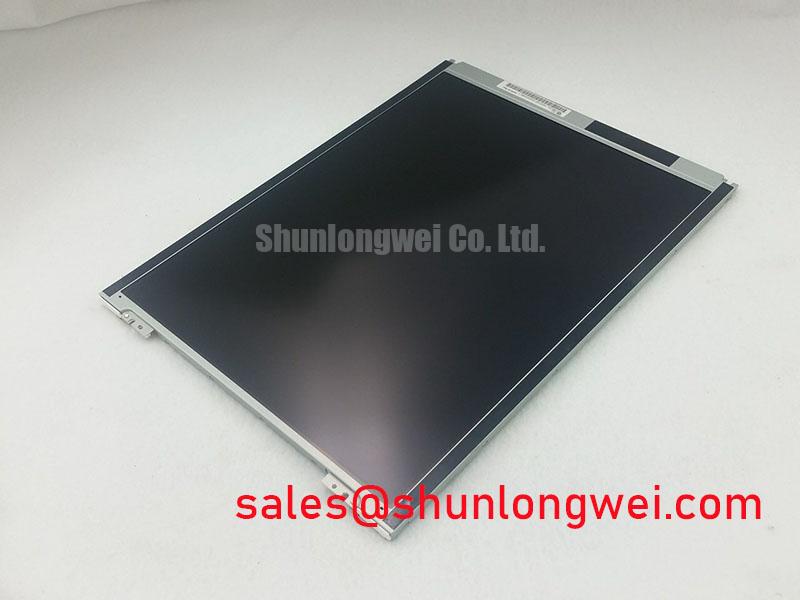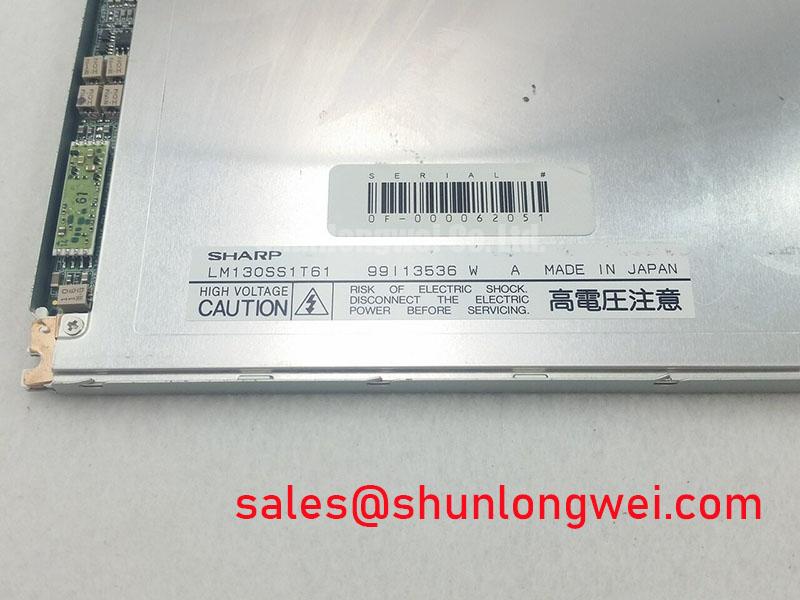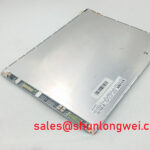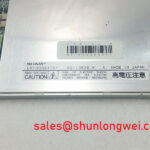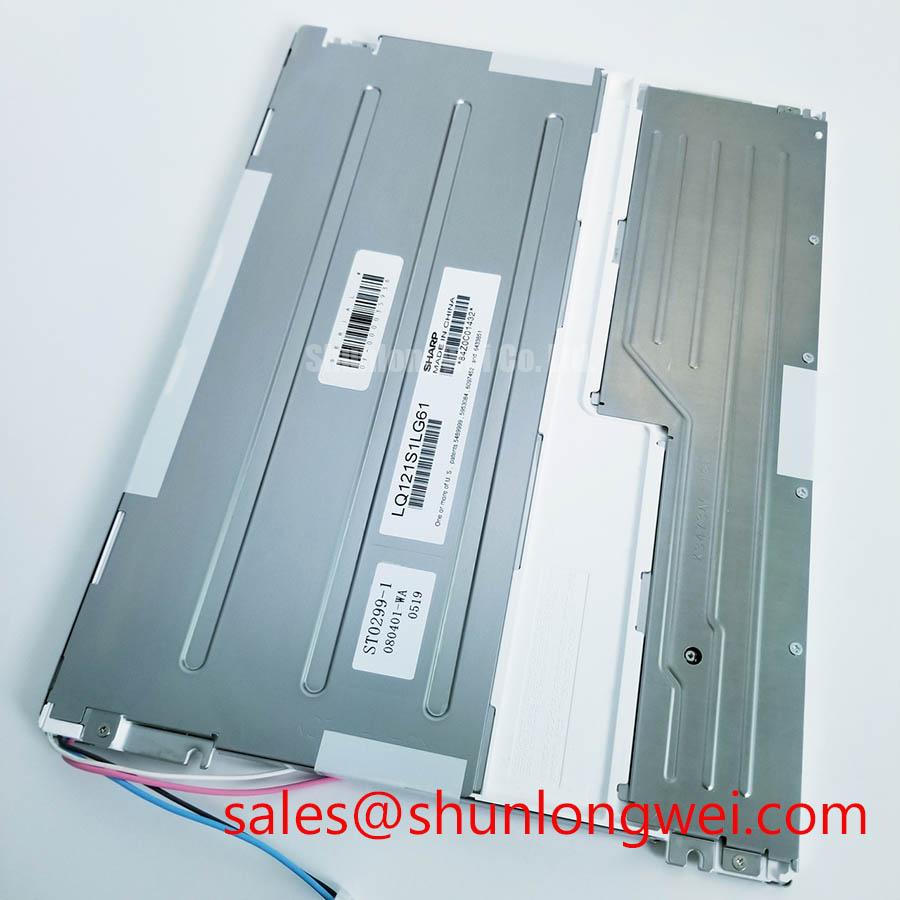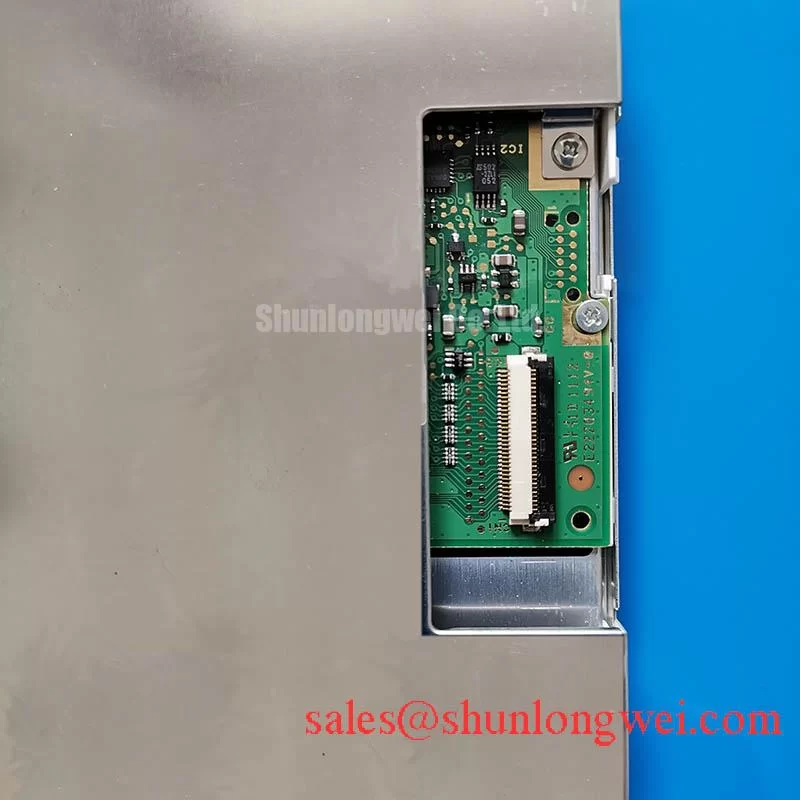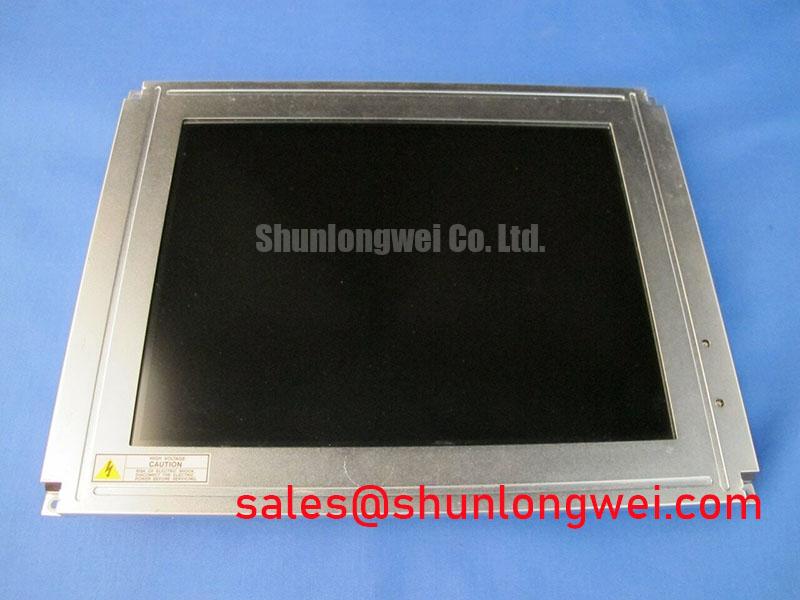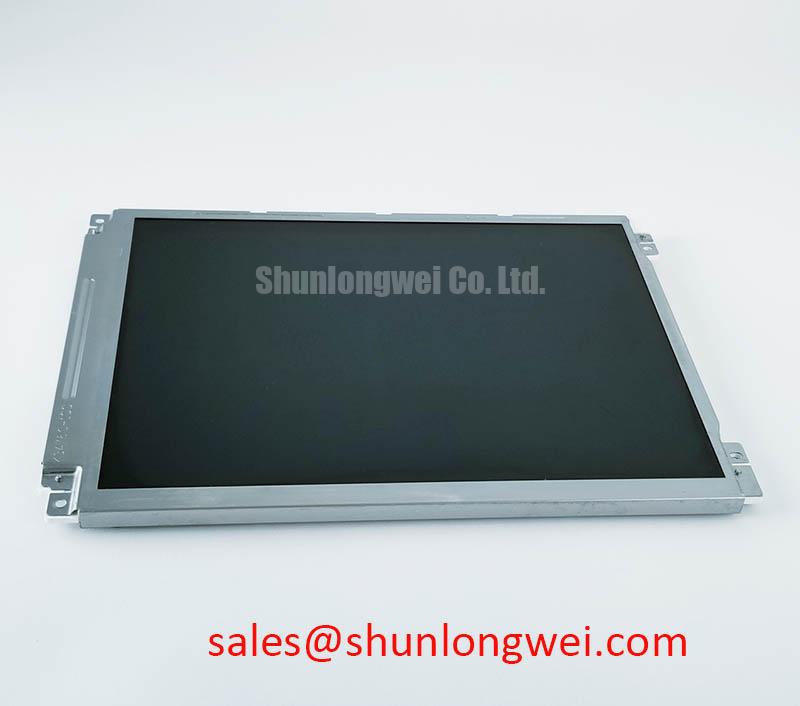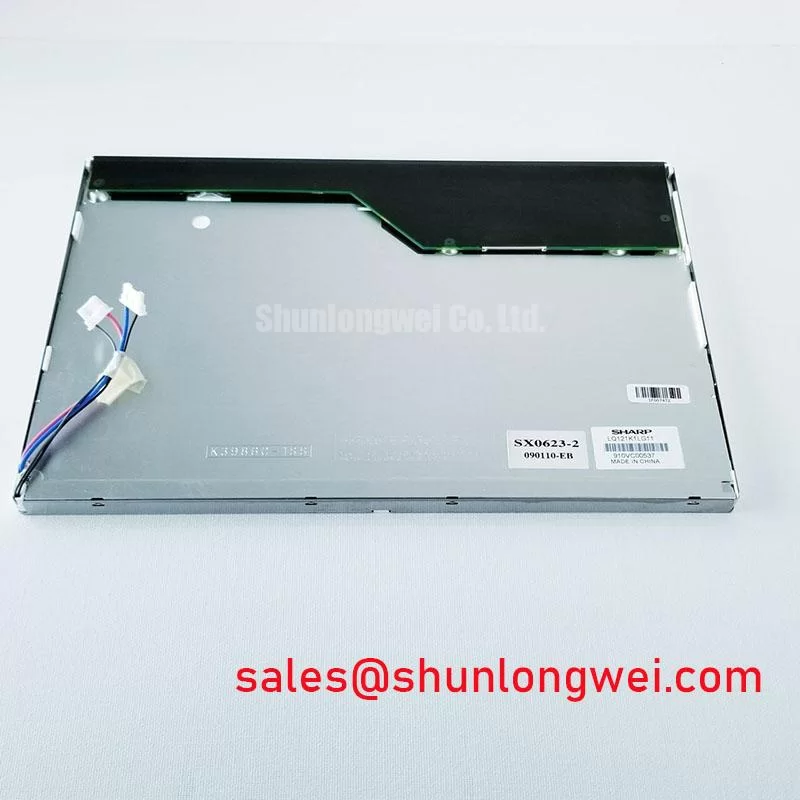Content last revised on October 21, 2025
LM130SS1T61: Technical Overview of a 13.0" FHD OLED Display
An Engineer's Introduction to a High-Fidelity Panel
Defining Visual Excellence with Self-Emissive Pixel Technology
The Samsung Display LM130SS1T61 is a 13.0-inch Full HD AM-OLED panel that delivers unparalleled image fidelity, engineered for color-critical applications where visual performance is non-negotiable. Its self-emissive technology provides a foundation for designing premium, thin-and-light devices that stand out in a competitive market.
- Core Specifications: 1920x1080 Resolution | AM-OLED Technology | >100% DCI-P3 Gamut
- Key Engineering Benefits: Exceptional per-pixel contrast control; Ultra-slim and lightweight mechanical profile.
- Primary Design Advantage: For designs requiring pixel-perfect color reproduction, its expansive DCI-P3 color gamut is a decisive factor for meeting professional creative standards.
Best Fit: For premium, thin-and-light notebooks and portable displays where best-in-class HDR content reproduction and color accuracy are paramount.
Key Parameter Overview
A Functional Breakdown for System Integration
The LM130SS1T61's specifications are tailored for high-performance mobile computing and portable display applications. The parameters are grouped below by their engineering function to facilitate a rapid assessment for system design.
| Optical Characteristics | |
|---|---|
| Panel Type | AM-OLED |
| Resolution | 1920(RGB) × 1080 (FHD) |
| Active Area | 287.42 × 161.68 mm |
| Pixel Density | 169 PPI |
| Contrast Ratio | >1,000,000:1 (Typical) |
| Color Gamut | 100% DCI-P3 (Typical) |
| Response Time | <1 ms (Typical) |
| Interface & Electrical Characteristics | |
| Signal Interface | eDP (Embedded DisplayPort) |
| Voltage Supply | 3.3V (Typical) |
| Mechanical Characteristics | |
| Outline Dimensions | 291.6 × 170.68 mm |
| Thickness | 1.6 mm (Max) |
| Surface Treatment | Glare (Haze 0%) |
Application Scenarios & Value
Enabling Color-Critical Designs in Premium Devices
The LM130SS1T61 is engineered for applications where visual fidelity directly translates to user experience and professional capability. Its core value lies in providing a no-compromise visual canvas for high-end portable devices.
Consider the challenge of designing a next-generation laptop for digital artists and video editors. Their primary requirement is absolute color confidence—what they see on screen must perfectly match the final output. The LM130SS1T61 directly addresses this with its 100% coverage of the DCI-P3 color space, the standard for digital cinema. This isn't just about more vibrant colors; it's about providing the specific color volume needed for professional content creation and mastering of High Dynamic Range (HDR) material. The panel's per-pixel illumination control creates perfect black levels, allowing for the subtle shadow detail crucial in photo and video work.
While the LM130SS1T61 excels with its OLED technology for ultimate contrast, systems prioritizing cost-effectiveness with excellent wide-angle viewing might consider an IPS alternative like the G133HAN02.0.
Technical Deep Dive
The Engineering Impact of Self-Emissive Pixel Technology
What is the primary benefit of its AM-OLED design? The elimination of a separate backlight unit. Unlike conventional TFT-LCD panels that use a constant backlight filtered by liquid crystals, each of the two million pixels in the LM130SS1T61 is its own light source. This fundamental difference has profound engineering implications.
The most significant is the "infinite" contrast ratio. When a pixel is commanded to display black, it simply turns off completely, emitting no light. This is what "true black" means. For an engineer, this translates to an ability to render HDR content with stunning realism, as bright highlights can exist directly adjacent to perfectly black pixels without any backlight bleed or "halo" effect. This per-pixel control is also responsible for the panel's exceptionally fast response time, as there's no liquid crystal to physically reorient, virtually eliminating motion blur in high-frame-rate video and user interfaces.
Frequently Asked Questions
Engineering Inquiries for the LM130SS1T61
What is the significance of the 100% DCI-P3 color gamut on the LM130SS1T61?
Covering 100% of the DCI-P3 color space means the panel can accurately display the full range of colors used in modern digital cinema and professional content creation workflows. This is critical for applications like video editing, graphic design, and photography, ensuring that the colors on screen are a true representation of the source material, which is a requirement for professional-grade hardware.
How does the AM-OLED technology in the LM130SS1T61 impact the end-product's physical design?
Because AM-OLED technology does not require a backlight unit and associated diffuser layers, the resulting panel assembly is exceptionally thin (under 1.6 mm) and lightweight. This provides industrial designers with greater freedom to create sleeker, more portable, and aesthetically refined end-products like ultra-thin laptops and compact portable monitors.
What interface does the LM130SS1T61 use, and what are the implications for system integration?
The panel utilizes the eDP (Embedded DisplayPort) interface. This is a modern, high-bandwidth, and widely adopted standard in mobile computing. For system integrators, this simplifies the design process as most current motherboard chipsets and system-on-chips (SoCs) for laptops and tablets have native eDP support, reducing the need for intermediary bridge chips and streamlining the electrical connection.
From an Engineer's Perspective
Final Technical Assessment
The LM130SS1T61 is a specialized component, not a general-purpose display. Its value is maximized in products where the end-user is a creator or discerning consumer of high-fidelity visual media. The engineering trade-off for its superior image quality and ultra-thin profile is a premium position in the market. For any design where the visual experience is the central feature, this panel's combination of FHD resolution, true black contrast, and professional-grade color gamut provides a distinct and marketable competitive advantage.

